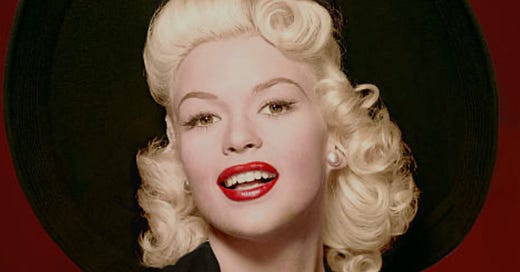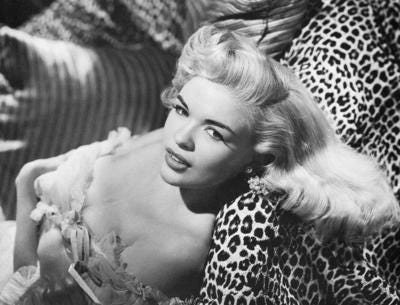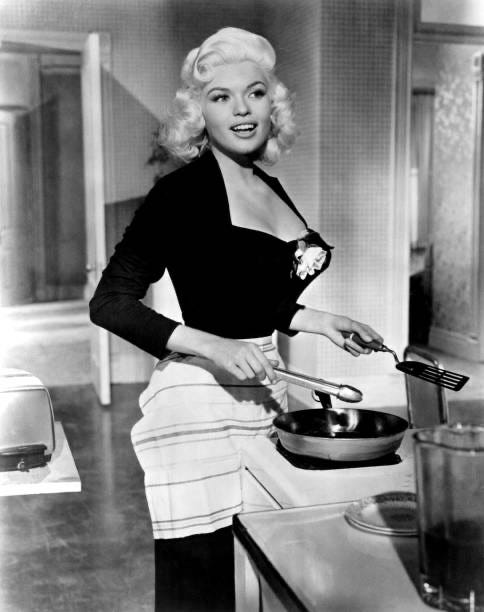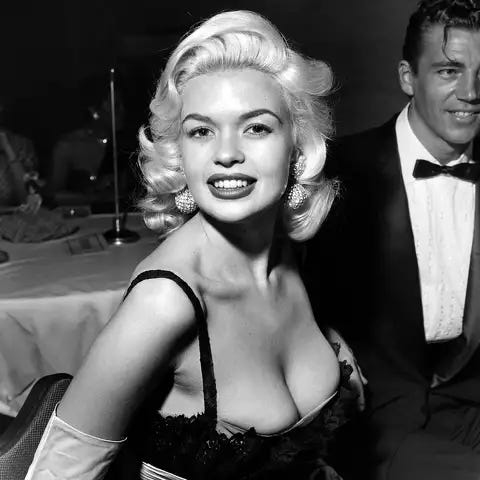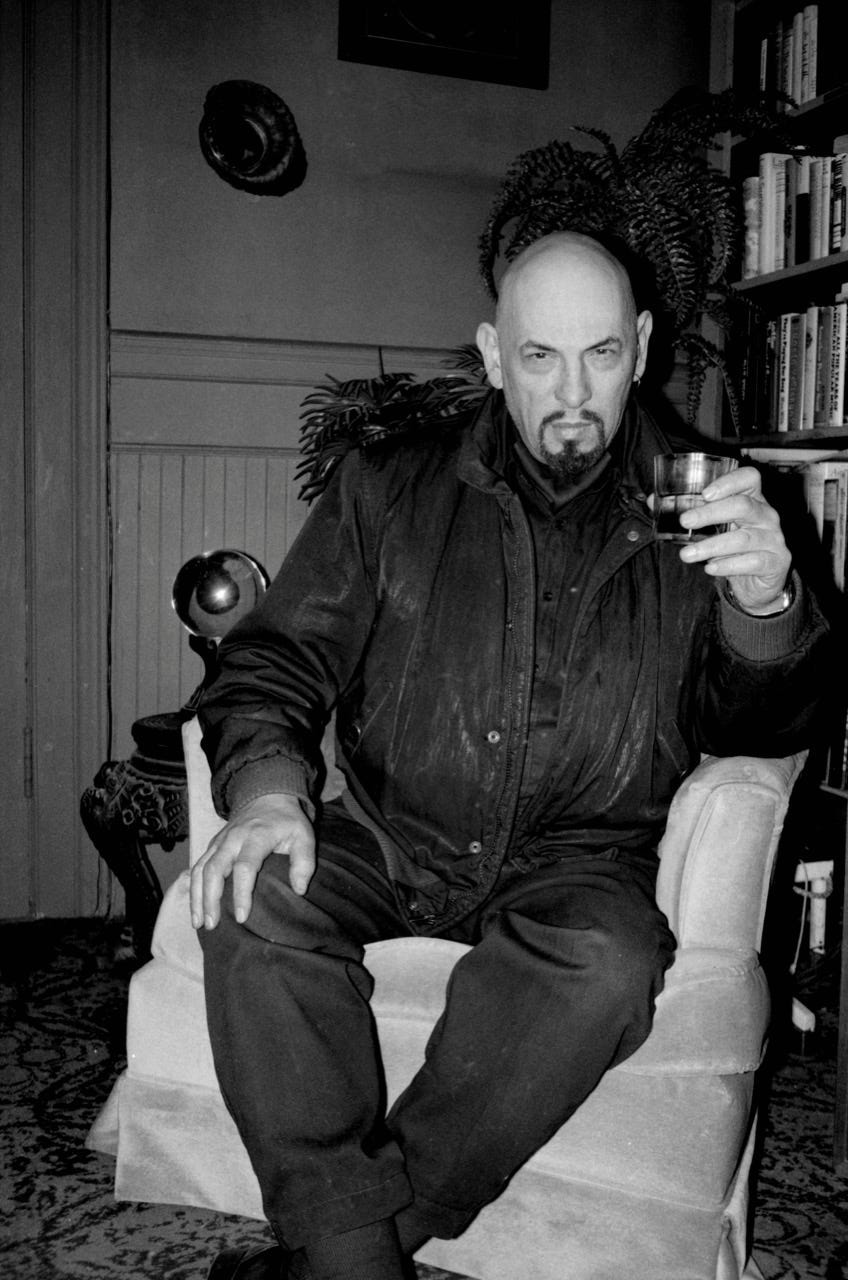Satan’s Starlet: Jayne Mansfield, Anton LaVey, and the Church of Satan’s Deadly Debt
The Black Mass That Stole Her Life
There is an immutable truth in this world, a truth that will outlast every fame-chasing siren and every black-robed conjurer: when you make a pact with darkness, the master you serve will always come to collect. It is a law older than any book, etched in the marrow of the human soul. No matter how sweet the promises power, wealth, pleasure, unearthly fame; the shadows will never leave empty handed.
We forget, in our modern age, that there is a price to pay for toying with forces that mock the light. And Jayne Mansfield, goddess of Hollywood’s fever dreams, learned that lesson with a violence so final it still echoes nearly sixty years later.
Her story is a warning. A tragic parable for anyone who would trade their spirit for a moment of worship.
It was June 29, 1967, on a dark highway outside New Orleans, when Jayne Mansfield’s life ended in an instant of twisted steel and blood. She was thirty-four years old, her body violently thrown against the windshield of a Buick that had crashed beneath a truck, her famous blonde hair mistaken for a severed head. Three of her children survived in the back seat, but Jayne, her boyfriend Sam Brody, and the driver were gone.
And there, in the wreckage, lay the price of a devil’s bargain.
Before the fatal night, Jayne Mansfield had lit up America like a neon bombshell. Born Vera Jayne Palmer in 1933 in Pennsylvania, she was brilliant with an IQ 163, fluent in five languages, quick-witted enough to match the best minds, but she chose instead to become an object of fantasy, sculpting herself into a living pin-up. Jayne was determined not simply to act, but to become the ultimate American movie star. Her platinum hair, impossible figure, and fearless self-promotion left even Marilyn Monroe rattled.
She signed with Twentieth Century Fox in the 1950s, starred in The Girl Can’t Help It and Will Success Spoil Rock Hunter?, and won a Golden Globe as a promising newcomer. But by the early 1960s, Hollywood had grown tired of her. Jayne’s brand of “dumb blonde” had begun to sour, and the roles slowed to a trickle. Publicity became her last oxygen, wardrobe malfunctions, risqué photo shoots, anything to keep her name in the lights.


